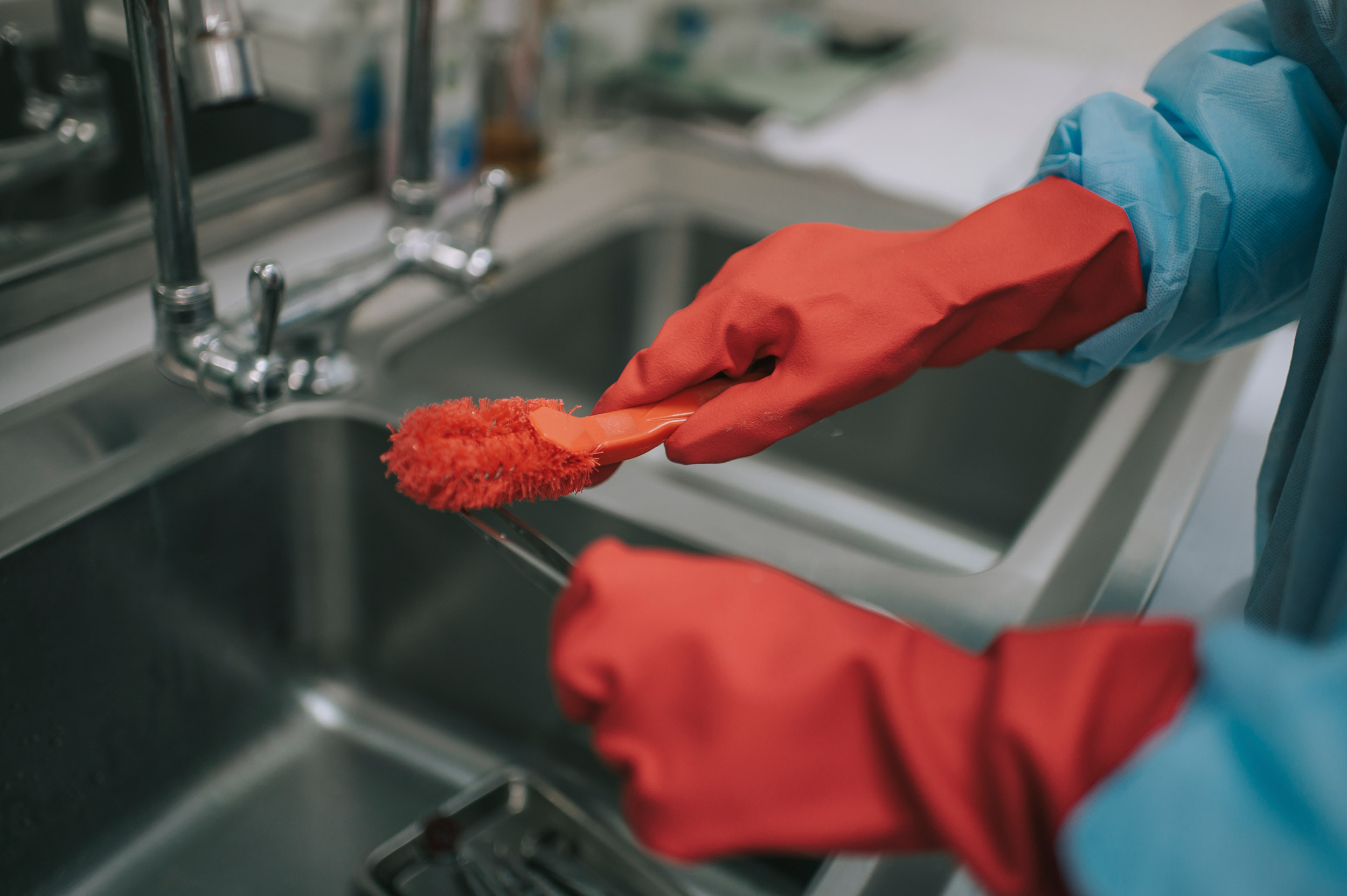
Approximately 52 million gastrointestinal endoscopies are performed annually in the U.S.
It is no wonder, then, that 71 percent of participating GI endoscopists reported endoscopy-related musculoskeletal injuries in a recent survey from the American College of Gastroenterology.
As the number of GI endoscopy procedures is expected to climb — especially with new official guidance for initial colorectal cancer screening at age 45 — overuse injuries will become an even bigger concern among practicing GI physicians.
⚠️ Read for today:
— Waleed Alghamdi د. وليد الغامدي (@drwalghamdi) March 10, 2021
🤕 #Endoscopy_related_injuries (#ERIs):
💁🏼♂ more likely to report low back pain related ERIs
💁🏼♀ more likely to report upper extremity ERIs
👉There is a great need to incorporate training in #ergonomics for all GI
https://t.co/jJAN85rSce
Ergonomics refers to the science of matching workplace conditions with optimal worker performance. This means reducing stress to eliminate injuries associated with overuse and non-neutral postures and positions of joints, head, neck, shoulders, and extremities.
GI endoscopy procedures often require repetitive motions over a long time, so they can put undue strain on physicians.
Participants in the ACG survey noted above reported feeling endoscopy-related pain in several areas, including:
But, research shows ergonomics training in fellowship can lead to fewer recorded musculoskeletal injuries in later practice.
Some endoscopists argue, in fact, that their colleagues should train for GI endoscopy the way athletes do, with a focus on core and task-dependent muscles and joints. Ergonomics training for endoscopists could help improve efficiency of movement, load handling, and improve performance and stamina, similar to the way professional athletes benefit from training.
Great read on training the endo-athlete – an update in ergonomics in #endoscopy by Manish Singla, MD Ryan M. Kwok, MD Gjorgi Deriban, MD & Patrick E. Young, MD. https://t.co/yjmuT3Chif #GITwitter #LiverTwitter #MondayNightIBD #ScopingSundays pic.twitter.com/Bmw2OLfxwe
— Texas Society of Gastroenterology & Endoscopy (@TexasGastros) July 17, 2020
This video from ACG includes helpful tips for endoscopy suite setup to reduce neck, back and shoulder pain. In addition, there are demonstrations of some stretches that may help reduce musculoskeletal injuries if done regularly between procedures.
Here's a brief overview of some ways to address big ergonomics challenges in the endoscopy suite.
Women in Endoscopy: Addressing Ergonomics Challenges
Data show that women and men experience different overuse injuries in GI endoscopy. Here’s a quick look at some of the key differences.
In a recent interview with SingleUse Endoscopy Dr. Marybeth Spanarkel spoke about the risks of overuse injuries in GI endoscopy and one way to limit forces needed during looping in colonoscopy.
Ergonomics is key, especially as endoscopy volumes increase. Easy tips (applicable to even 1st day fellows) - stretch before and after, ensure proper bed/monitor height, and ask the nurses to critique your form (they watch you straight on) !!!
— Gautam Mankaney (@GMankaney) July 27, 2020


